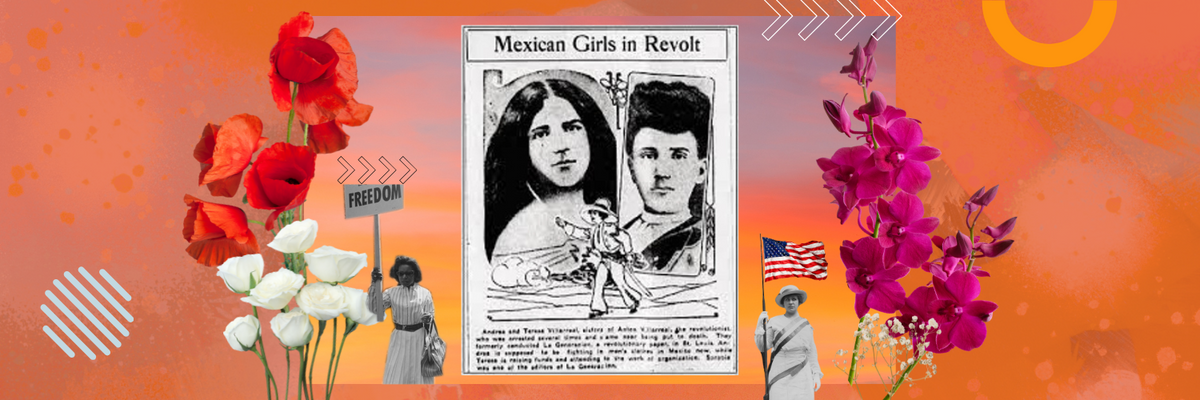
Hitting play on a Bad Bunny track is a guaranteed good listen, and given his current place as a global top artist, we were led to wonder, what led to the Puerto Rican artist’s meteoric rise to fame in just a few short years?
With other reggeaton artists being in the game longer, you’d think Bad Bunny’s success would have also taken just as long. Instead, El Conejo Malo has rockets on his back. The secret to Bad Bunny’s success may ultimately be what other artists in the genre lacked: Latinas being the core of his biggest fans.
While women in reggaeton are certainly not new, up until Bad Bunny’s (born Benito Martínez Ocasio) rise in fame, the scene was mostly a male-dominated space, with an equally large male fan base. Up until recently, there didn’t seem to be a male reggaeton artist that women could listen to—until Bad Bunny.
In a recent interview published on TikTok, reggaeton artist Arcangel defined what sets Bad Bunny apart from the rest: his anti-machismo stance. Arcangel, born Austin Agustín Santos to Dominican parents in New York, spent a lot of time traveling between New York and Puerto Rico growing up. He’s also no stranger to the limelight himself as one of reggaeton’s biggest artists.
Arcangel goes on to explain that although he believes Bad Bunny isn’t as talented as reggaetoneros largely credited with popularizing the genre like Don Omar, he’s certainly different from those before him in that Bad Bunny is entirely disconnected from machismo.
“You know why people can’t do what he [Bad Bunny] has done? Because everyone here has that fucking machismo that dominates everything, and machismo is out of style. Believe me— that whole concept of you being the alpha of everything, that is out of style. What’s in is letting your woman lead the way. Mami, what do you want to do? This genre is one that is still machista. What was missing here was the guy’s personality. His essence, how he speaks, how he dared to dress like a woman, how he dared to do what he is doing now. That globalized our gender. Didn’t you notice how much more popular reggaeton is since this guy came out?”
@maverick.og "Ningún artista a hecho que Bad Bunny ..." #fyp #arcangel #papiarca #badbunny #benito #puertorico #reggaeton #moluscotv #choliseodepuertorico #arcangelprra #parati #fypシ
Bad Bunny’s rise to fame is commonly attributed to the relatability of his lyrics, the high production quality of both his shows and music, and the themes of his songs that resonate with many of his fans. It says a lot that even others in the industry are aware that without leaving behind machismo, reggeaton as a genre could never be as big as it is now.
In his recent interview with Harper’s Bazaar, the artist explained, “Maybe at the very beginning of my career, I tried to pretend I was someone that I’m not, but I learned that that’s the way artists lose themselves. It’s because they forgot about themselves—them as a person—and invented a fictitious personality.”
With Latina buying power always having more value than the mainstream cares to recognize, Latinas can only turn up the volume on Bad Bunny’s latest release and relax—this one’s for the Latinas who are allergic to machismo.- TikTok is Calling out Latine Cosplayers with the “Ahora Todos Quieren Ser Latinos” Trend ›
- The Evolution of Reggaeton: From Machismo to Mujeres ›
- The Real Meaning Behind Bad Bunny's “Andrea” ›











